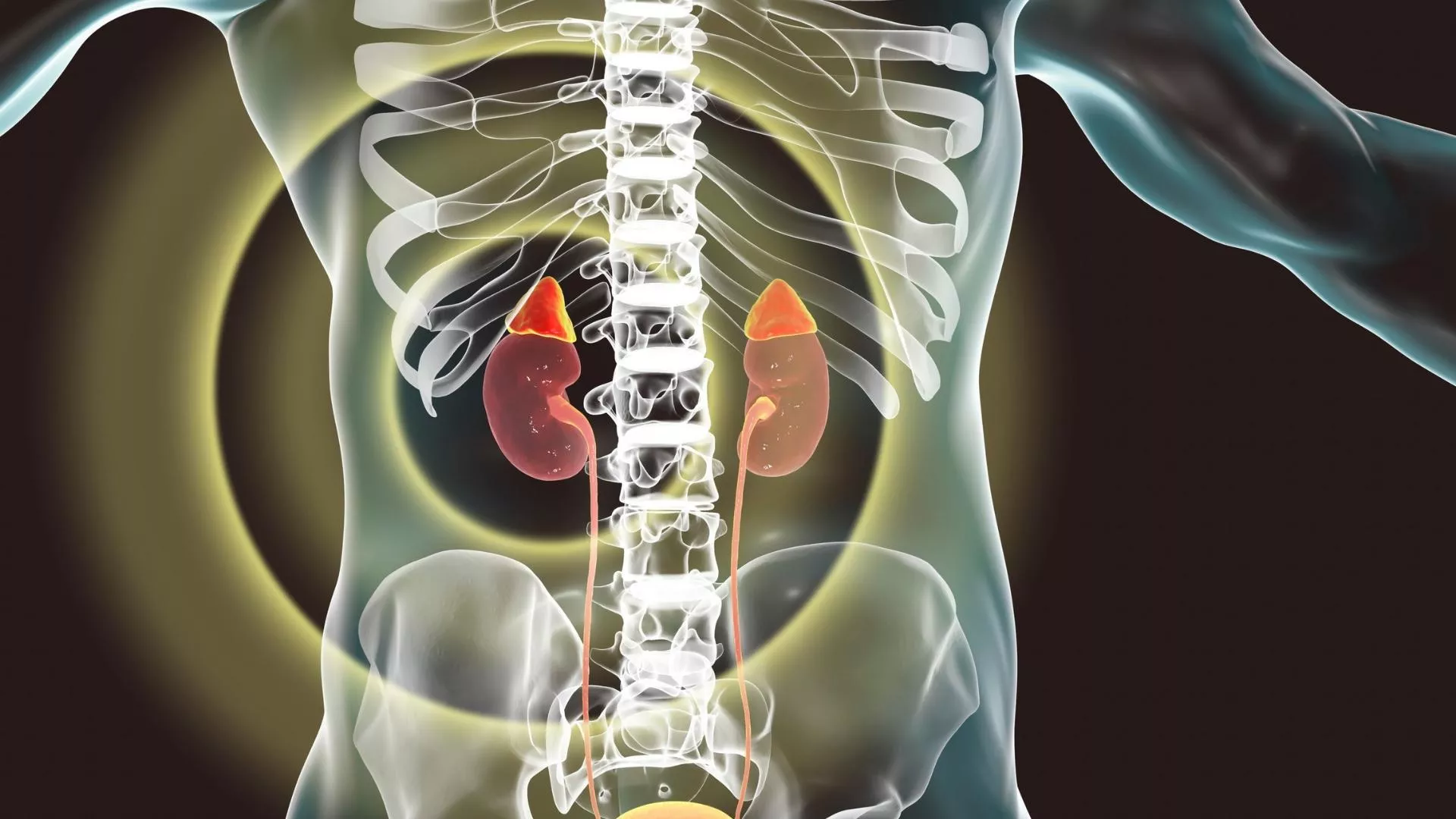
What is Pheochromocytoma?
- What is Pheochromocytoma?
This disorder occurs with the excessive release of adrenaline and noradrenaline hormones in the human body. These hormones harm the person. It also lays the groundwork for the emergence of other ailments of the person.
The constant presence of adrenaline hormones in the body at a level to create fear, excitement or panic makes the person uncomfortable. First of all, high blood pressure is the main factor of the disease.
The genetic factor of pheochromocytoma is substantial. Twenty percent inherited from the family and the genetic factor of the disease manifests itself with the effect of high blood pressure. The remaining 80 percent of the disease, other than the genetic factor, is caused by many environmental factors. The drugs used by the person or some psychological traumas to which the person is exposed to the environment can cause this situation.
Pheochromocytoma is seen together with thyroid cancer and various tumors that may occur as a result, as well as high blood pressure. Its symptoms are excessive sweating, tremors, palpitations, anxiety. Some people with pheochromocytoma suffer from a constant fear of death. The person may feel constantly nauseous for no reason. He may experience heart palpitations as if he is constantly having a panic attack. These symptoms of discomfort indicate that the patient may have a pheochromocytoma finding.
Pheochromocytoma tumor is not a very common tumor. Intradermal and extra-adrenal secreting tumors are formed from chronophin cells, which are composed of neuroblast cells. Pheochromocytoma tumor, on the other hand, is among the tumors that develop intradermally. Hypertension comes to mind first as another disease in people with these tumors. Not every hypertensive patient has this tumor. However, every patient with tumor has hypertension. Young patients between the ages of 30 and 50 are among the risk factors. Men and women are equal in the incidence of this disease. The age limit of 50 is the age range where the disease peaks.
Sometimes, a tumor called instantiloma is detected in the adrenal gland incidentally, especially on tomography. These detected tumors are small tumors under 5 cm in diameter. However, the pheochromocytoma tumor found was 5 cm. They are quite large tumors. Therefore, the two tumors should not be confused with each other.
Treatment options are usually medical treatments. It disappears in a short time thanks to drug treatment. In some cases, surgical intervention is required. However, before the surgical operation is performed, the patient must enter the preparation process. The patient should be taken under medical treatment in order to keep his blood pressure under control at a level that will not cause a crisis and to prepare him for anesthesia.





